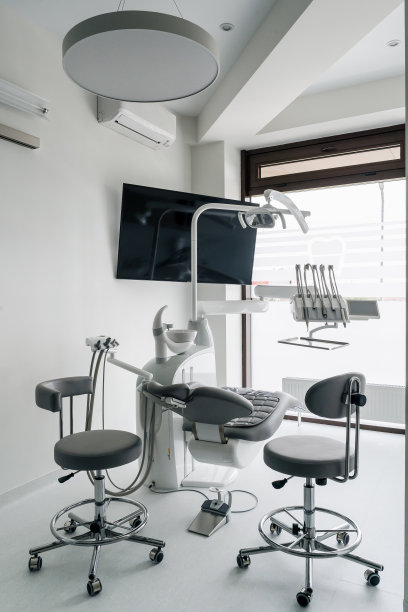The Complete Guide to Extracting a Tooth Safely and Comfortably for Better Dental Health
Summary: Dental health is crucial for overall well-being, and tooth extraction, when necessary, is a common procedure. This comprehensive guide aims to ensure that tooth extraction is performed safely and comfortably, minimizing discomfort and promoting better dental health. We will explore the essential factors to consider before, during, and after the extraction process and how to maintain optimal oral hygiene for long-term health. By understanding the entire mechanism behind tooth removal and care, patients can better prepare for the procedure and enhance recovery.
1. Understanding the Need for Tooth Extraction

The need for tooth extraction can arise from several dental issues, such as severe decay, crowding, or periodontal disease. Knowing the signs that indicate the necessity of extraction is essential for effective dental care. Regular dental check-ups help in early detection of these conditions, allowing timely intervention to prevent further complications.
Sometimes, teeth may require removal even when they are not decayed. Wisdom teeth extraction is a common procedure as these molars often crowd the mouth or grow in improperly. Assessing the alignment of your teeth and jaw structure with your dentist can help make informed decisions regarding extractions.
When considering tooth extraction, understanding the complete situation is vital. Patients should discuss their medical history and any medications they are taking, as these factors can affect the extraction procedure and recovery.
2. Pre-Extraction Preparation and Considerations
Preparing for a tooth extraction involves several steps to ensure safety and comfort. Its essential to have open communication with the dentist about anxiety or any fears regarding the procedure. Dentists can often provide sedation options or other techniques to help patients feel more at ease during the extraction.
Prior to the procedure, patients should undergo a thorough examination, which may include X-rays. This evaluation helps the dental professional assess the complexity of the extraction and tailor the approach accordingly. Knowing what to expect will ease anxiety and allow for better preparation.
Additionally, patients should follow any pre-procedure instructions provided by their dentist, such as dietary restrictions or medication adjustments. Being well-prepared can significantly impact the success of the extraction and the post-operative experience.
3. The Extraction Process: What to Expect
The actual extraction process varies depending on whether the tooth is erupted or impacted. For erupted teeth, the removal typically takes place under local anesthesia, ensuring that the patient feels no discomfort. Understanding the stages of the procedure can help alleviate concerns about pain or complications.
In cases of impacted teeth, such as wisdom teeth, the extraction may be more complex and may require surgical intervention. Patients should be informed about the techniques used by their dentist, as well as recovery expectations, such as swelling and pain management following the extraction.
Post-operative care is paramount for a smooth recovery. Dentists will provide detailed instructions on how to care for the extraction site, including dietary recommendations, hygiene practices, and when to resume normal activities. Taking these recommendations seriously will reduce the risk of complications and promote healing.
4. Essential Post-Extraction Care Guidelines
Post-extraction care significantly influences recovery time and comfort. It is vital to follow instructions regarding rest and activity level immediately after the procedure. Patients should avoid strenuous activities and take adequate rest to allow their body to heal.
Managing discomfort effectively is also crucial. Dentists often recommend over-the-counter pain relievers and ice packs to reduce swelling. Patients should stay mindful of bleeding, as some oozing is normal, but excessive bleeding should be immediately reported to the dentist.
Maintaining proper oral hygiene after an extraction is vital to prevent infections. Gentle rinsing with salt water, avoiding brushing the extraction site, and following all care guidelines ensures a smooth healing process. Monitoring the healing site for any abnormal symptoms is also advised to catch potential issues early.
Summary:
In conclusion, understanding the process of tooth extraction, coupled with adequate preparation and post-operative care, can lead to an enhanced dental health outcome. Patients are encouraged to engage with their dental professionals fully to ensure a safe and comfortable experience. The emphasis on dental checks and open communication plays a critical role in maintaining overall oral health.
This article is compiled by Vickong Dental and the content is for reference only


